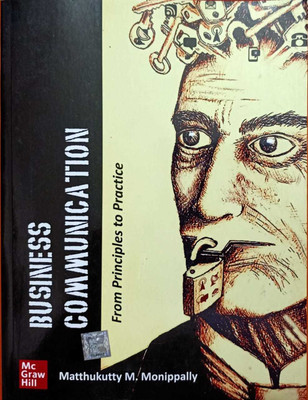Business Communication: From Principles To Practice(Paperback, Monippally Matthukutty)
Quick Overview
Product Price Comparison
Ctrl Insert PREFACE Communicating comes as naturally to human beings as walking and running. Almost all of us learn to walk and run effortlessly, without the aid of teachers or manuals to tell us what to do, how, or why. Becoming a professional athlete, however, is a different matter altogether. Most people would need special and sustained coaching to refine their walking and running skills to a professional level. Business communication is like professional running. You have to go well beyond the range of standard communication competence to manage your bosses, peers, subordinates, suppliers, and customers. While some managers make the transition from personal to professional communication without any formal support or training, many struggle without actually understanding why they are not as effective as their colleagues or counterparts in other organisations. You may be one of them if you ever wonder why - even though you are well-educated, diligent, and ambitious -you don't receive enough cooperation from the people you interact with. Ironically, at times you may find yourself working harder and with greater commitment than some of your colleegues who seem to attract better cooperation. One common approach to helping such managers is to encourage them to adopt certain techniques that have worked well with successful professional communicators. While this is undoubtedly useful, it has a major weakness. No two managers are alike. You bring to your job a personality, a set of strengths and weaknesses, and a mix of talent and experience which make you distinct from others. Your communication style is like your signature; while there are many things common between signatures, each one retains its own uniqueness. Simply put, techniques that may have worked well for others may not work for you. A superior way is to discover the principles behind successful professional communication and then adopt or adapt techniques that suit your personality, background, and objectives. That is what this book attempts to do: the first part deals with the principles and the second focuses on the practice of communication. The most valuable insight this book provides is that communication is not merely a process of coding and decoding as is generally assumed. With the help of evidence, I argue that communication is a messy inferential process. Communicatees do not decode your message with certainty but


